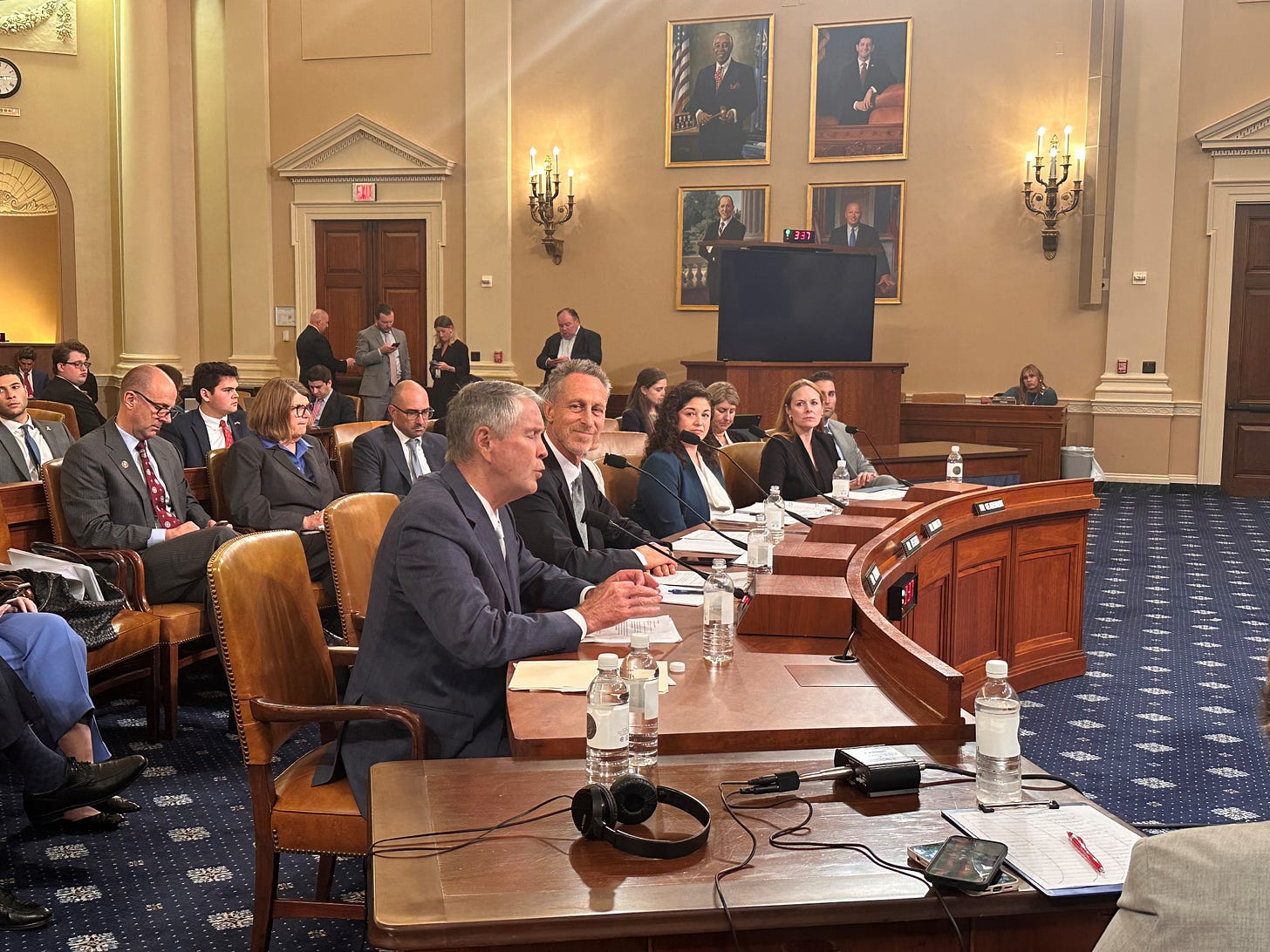The MAHA Strategy: A Turning Point for Food Policy—or Another Missed Opportunity?
The White House’s newly released Make Our Children Healthy Again (MAHA) Strategy lays out more than 120 actions aimed at reversing the rising epidemic of chronic disease in America’s youth. At its core is a bold thesis: poor nutrition is now the leading driver of U.S. illness and premature death—responsible for nearly half of cardiovascular disease and 70% of type 2 diabetes.
The strategy’s focus on nutrition marks a major shift in federal health priorities. For years, policy largely targeted hunger and calories. MAHA, however, centers on what we eat: the dominance of ultra-processed foods (UPF) and the lack of protective whole foods like fruits, vegetables, whole grains, and fish. While imperfect, the plan represents one of the most sweeping federal efforts to align food policy with metabolic health.

My colleagues Dr. Dary Mozzafarian and Emily Callahan at the Tufts Food is Medicine Institute and I just published a commentary in JAMA on the “promise and peril” in the MAHA Strategy, which I summarize below:
Key Promises of the Strategy
Defining and Regulating Ultra-Processed Foods
For the first time, the federal government will craft an official definition of UPF—opening doors to labeling standards, procurement policies, and marketing limits. States like California and Arizona have already moved in this direction; a national standard could reshape the food landscape.
Closing the GRAS Loophole
For decades, companies have self-approved thousands of food ingredients as “Generally Recognized as Safe” without FDA review. Many current GRAS ingredients are banned or restricted in other nations because of health concerns. MAHA calls for mandatory notification and stronger post-market oversight—potentially one of the most consequential food safety reforms in decades.
Protecting Children From Food Marketing
The strategy directs federal agencies to limit marketing of unhealthy foods to kids across TV, digital platforms, packaging, and influencers—moving beyond failed voluntary pledges.
Food as Medicine Goes Mainstream
The plan integrates nutrition directly into health care through:
Medically tailored meals and produce prescriptions
Nutrition training for physicians
Healthier food served across federal hospitals, including the VA
It also repositions SNAP’s $140 billion annual budget toward whole foods—encouraging states to shift away from subsidizing processed food purchases.
What’s Missing?
Despite bold regulatory language, several gaps remain:
No soda or junk-food taxes, which have been shown to change consumption behavior
Weak action on restaurant nutrition, despite restaurants supplying 25% of U.S. calories
No reform of $20 billion in annual crop subsidies driving production of corn, soy, wheat, and other commodity crops
Unspecified research funding, risking stalled implementation
Contradictions & Political Tensions
While the strategy contains strong nutrition science, its inaccurate and misleading information on vaccines, autism and fluoride undermine the report’s credibility. Cuts to Medicaid and research grants also conflict with the plan’s stated priorities.
Bottom Line
MAHA could mark a watershed moment in U.S. food policy—if executed with scientific rigor, funding, and political insulation. Its success hinges not just on policy design, but on whether the federal government is willing to confront industry interests and align food systems with metabolic health.
If we get that right, food may finally become a foundation of national health—not just an afterthought.



None of the discussed strategies will begin to do what simply including a low-carb *option* into the USDA Dietary Guidelines could do. The guidelines are federally mandated for any organization that accepts federal funds: school, military, nursing homes, hospitals and even your doctor's offices uses them as the standard of care.
This fall the CDC announced that 1/3 of all US teenagers have pre-diabetes--in other words already in the early stages of insulin resistance and the chronic disease that accompany it. This devastating statistic was not much reported on.
Type 2 diabetes/Insulin resistance is driven by carbohydrates, even "healthy grains." The current official answer is simply drugging everyone to "manage" the disease instead of not eating what the body no longer tolerates. Unless the guidelines are changed millions of citizens are trapped into eating in a way they can no longer metabolically tolerate. Unless we can legally provide them with the type of food they can eat the rest of the strategies will just nibble around the edges of the problems.
it is concerning when the political system dismantles institutions meant to keep United States Citizens both healthy & safe, without having devised a targeted, well-designed plan to implement in their place.
Not all MAHA ideas are bad ones, but I would not classify them as ‘good’ either. The “MAHA” messaging sorely needs to be informed and edited!